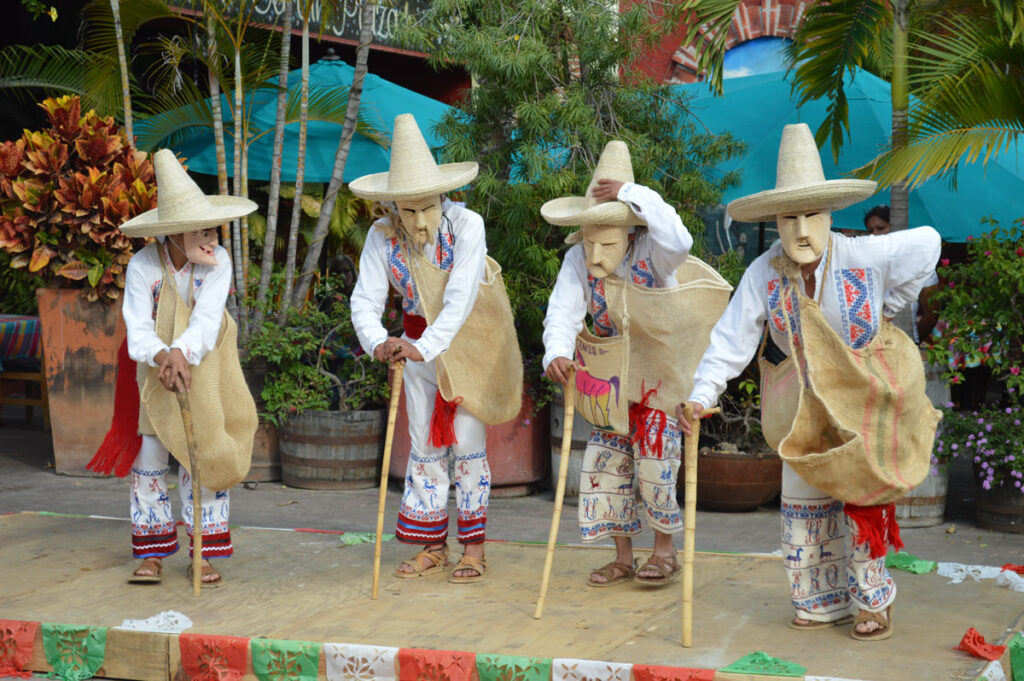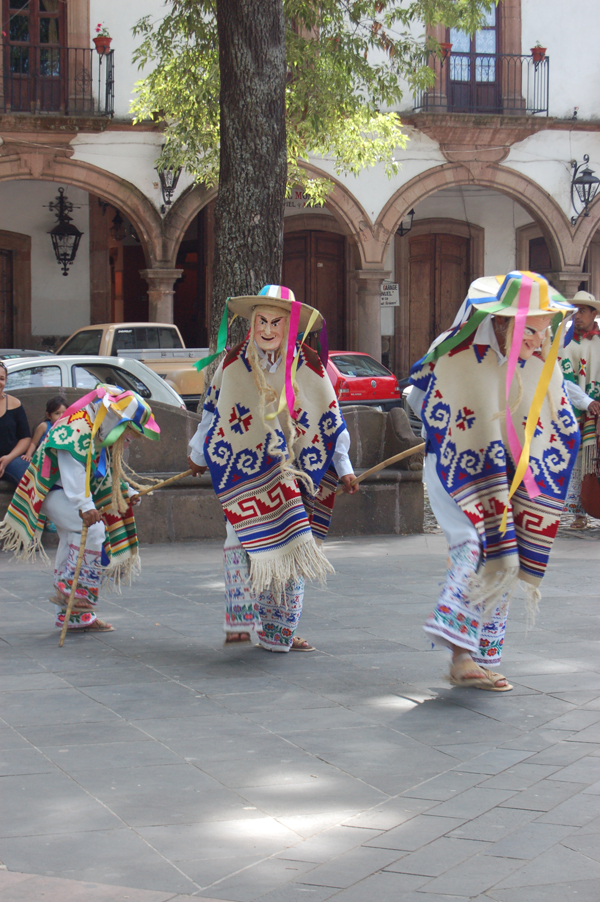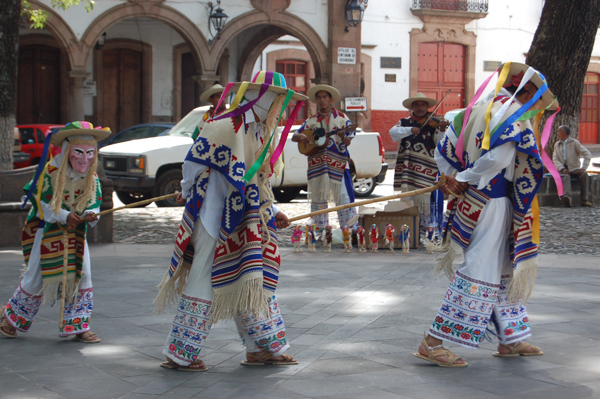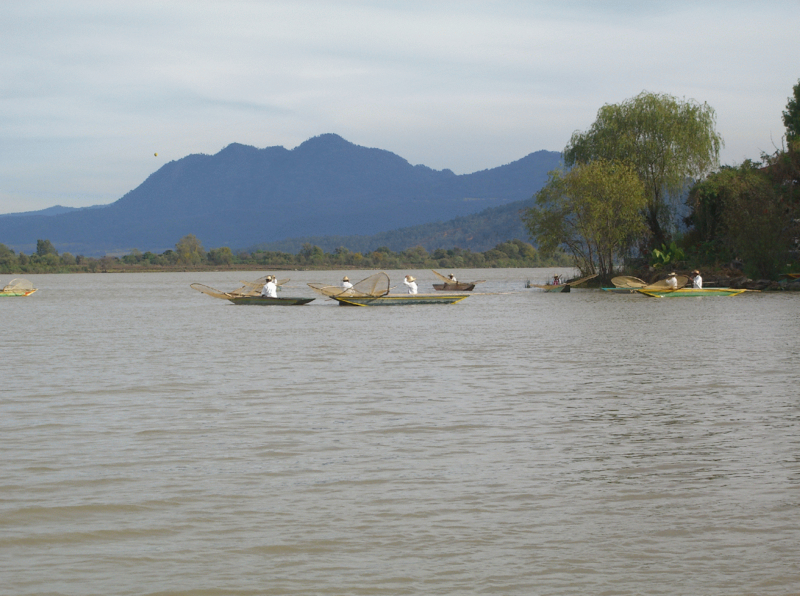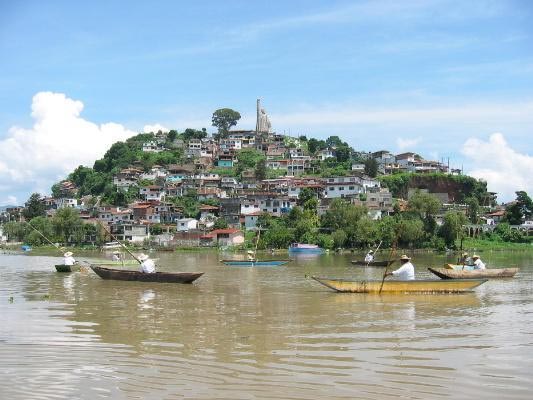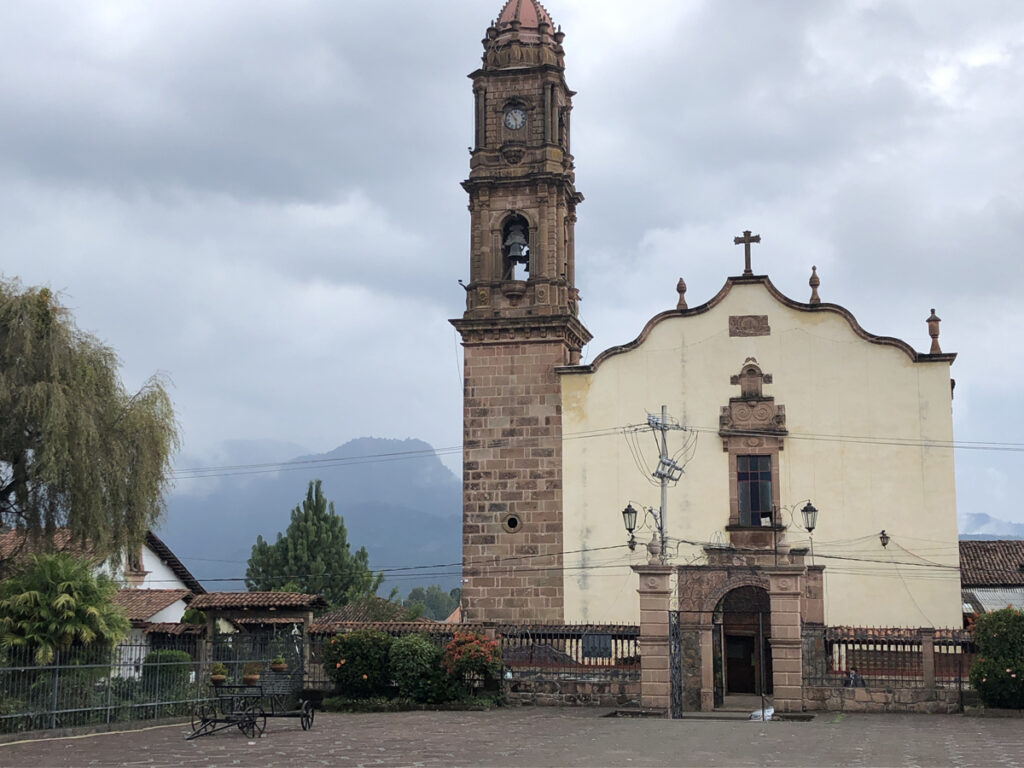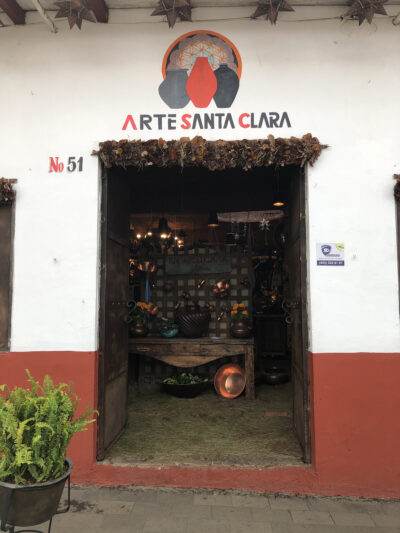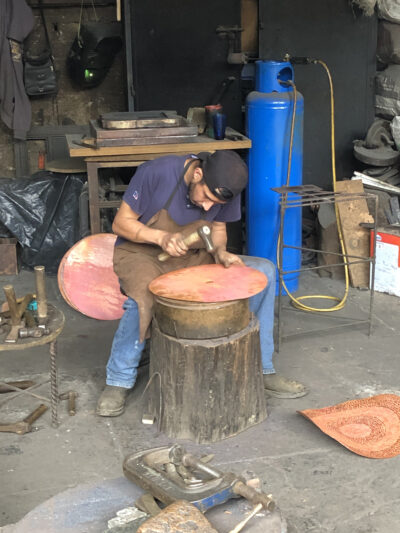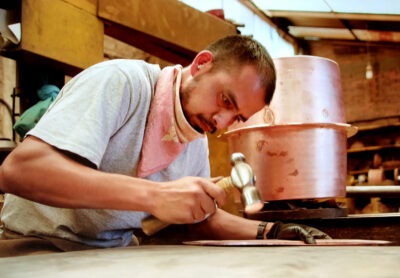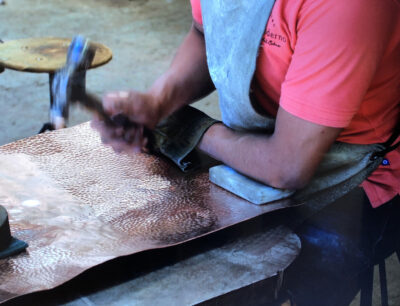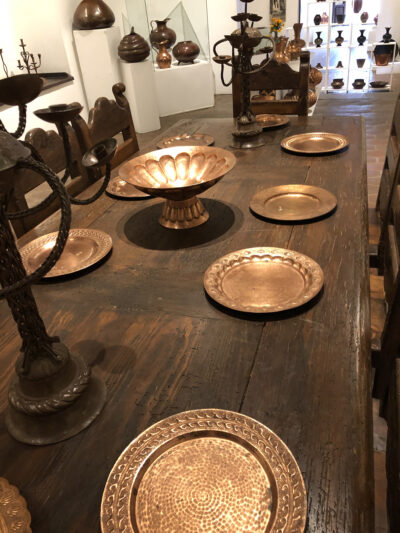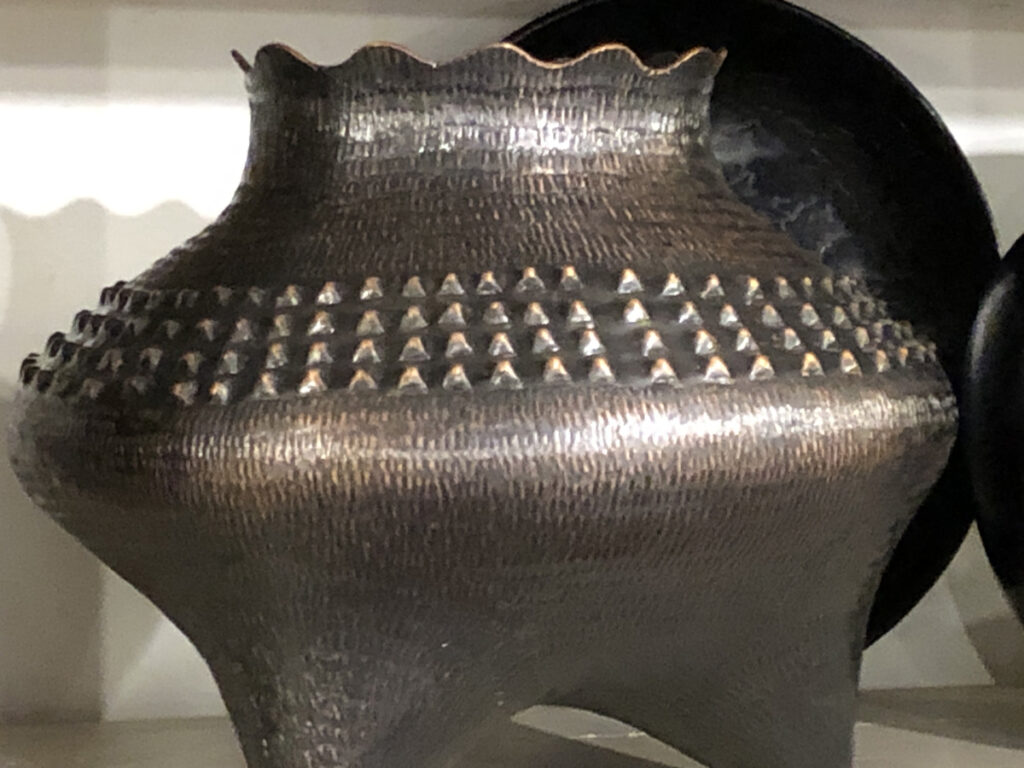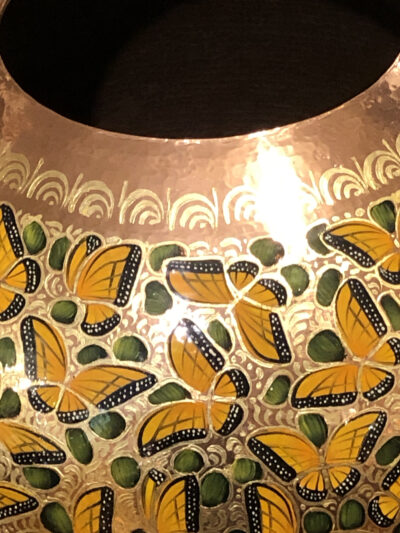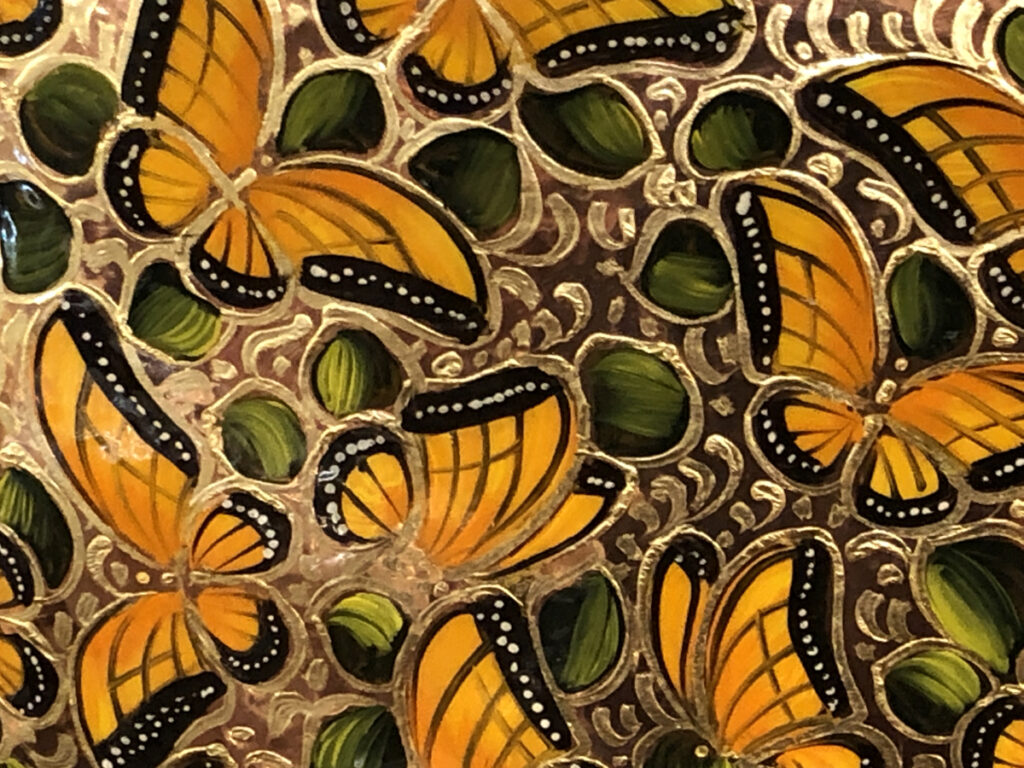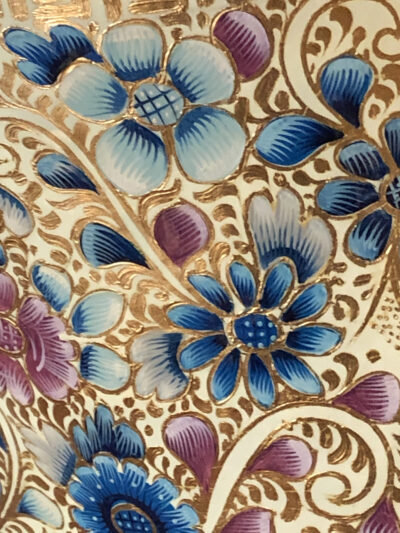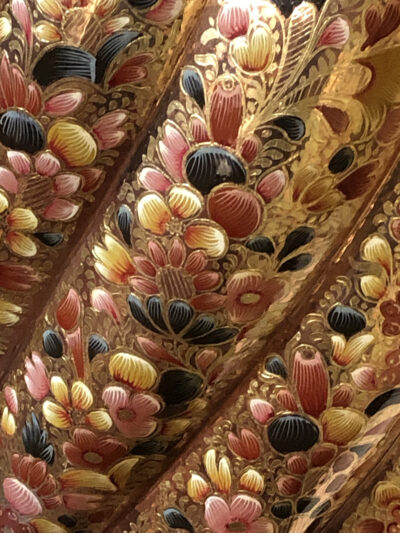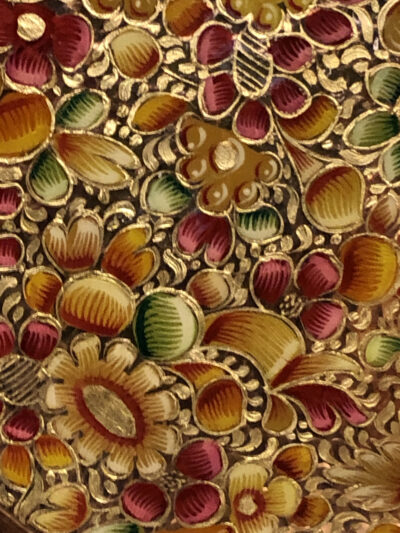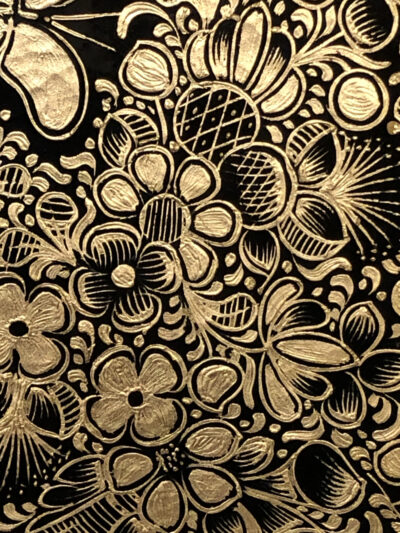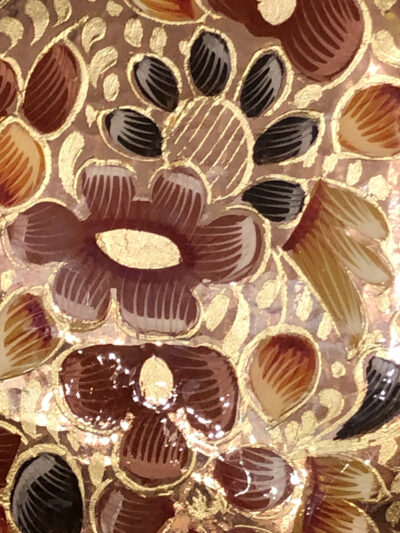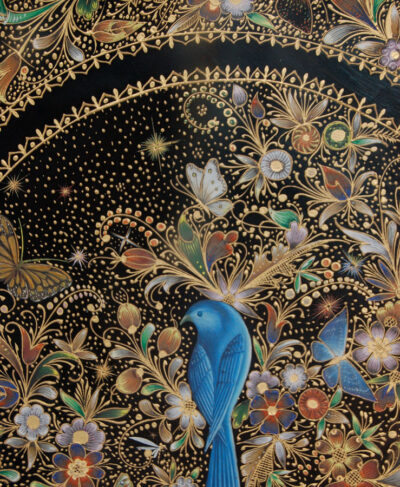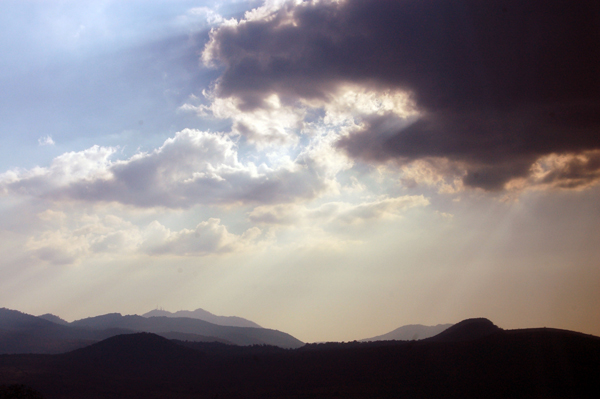This is part one from ten years ago. I have partly updated it.
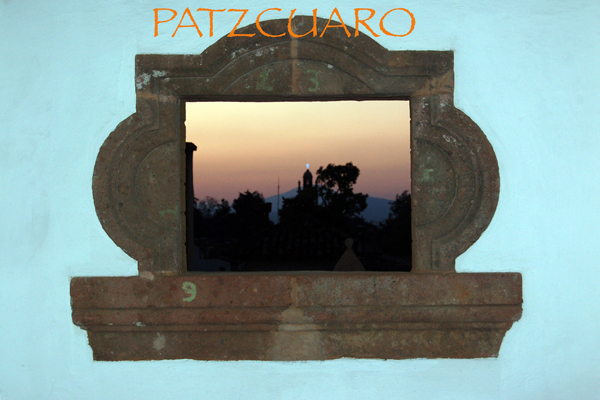
The town was founded sometime in the early 1300’s and was at first the capital of the Tarascan State which rivaled the Aztec Empire before the Spanish conquest.
After the Spanish conquest Vasco de Quiroga worked to make Pátzcuaro the capital of the New Spain province of Michoacán, but after his death, the capital was moved to nearby Morelia.
Pátzcuaro has retained its colonial and indigenous character and it has been named one of the “Pueblo Mágicos” by the government of Mexico.
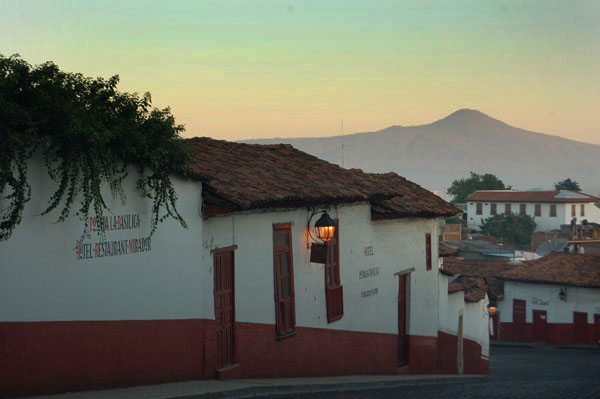
Patzcuaro seen in the early morning as the city awakes.
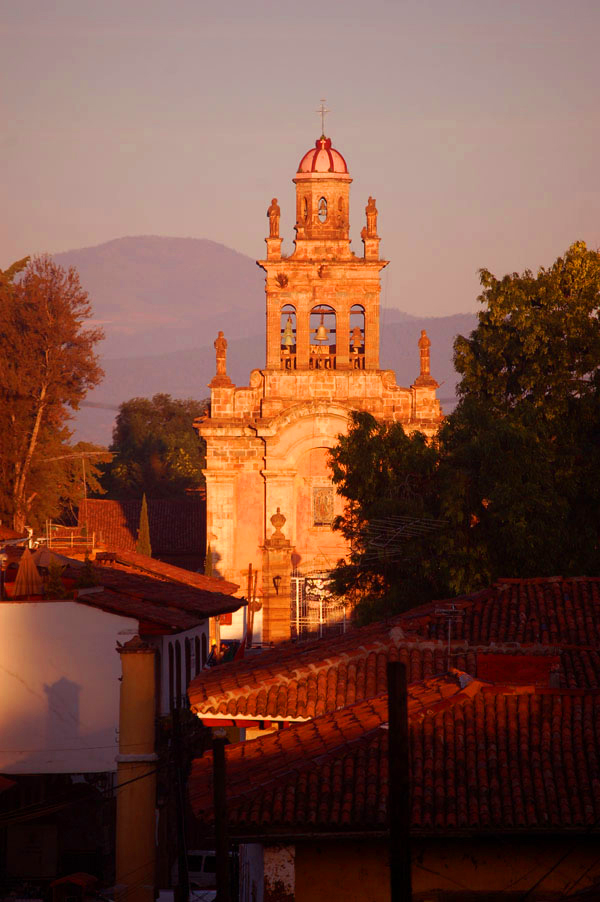
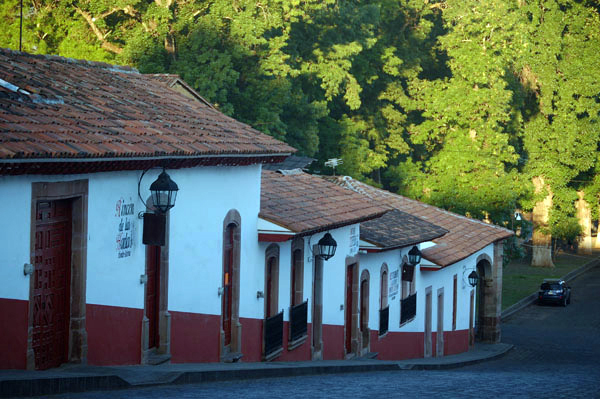
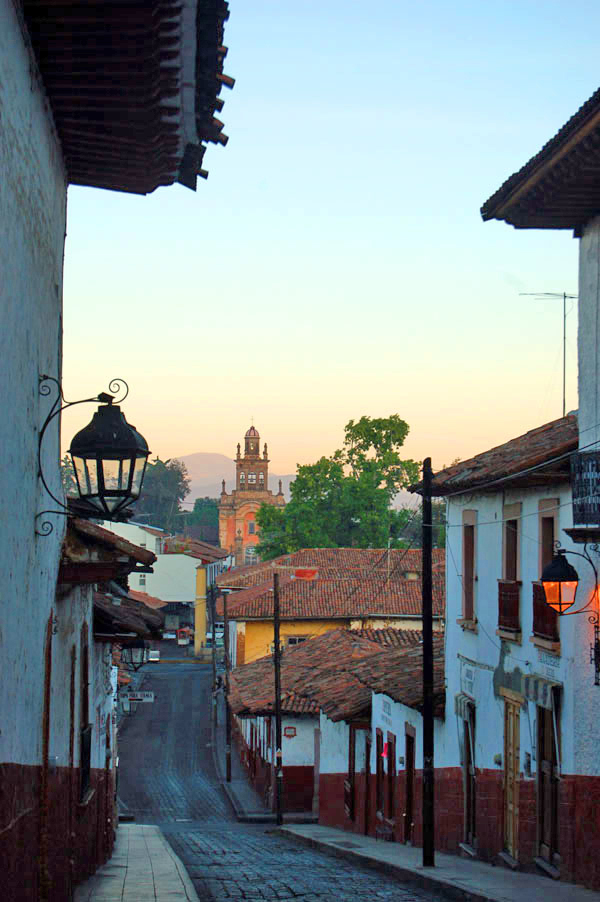
Below- Carrying on their heads the bakers head to the plaza with their fresh bread.
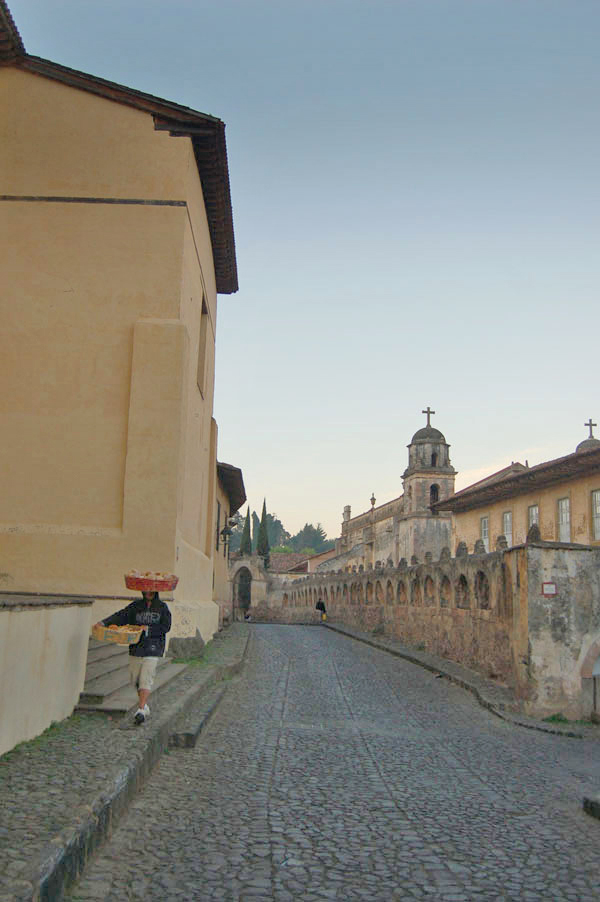
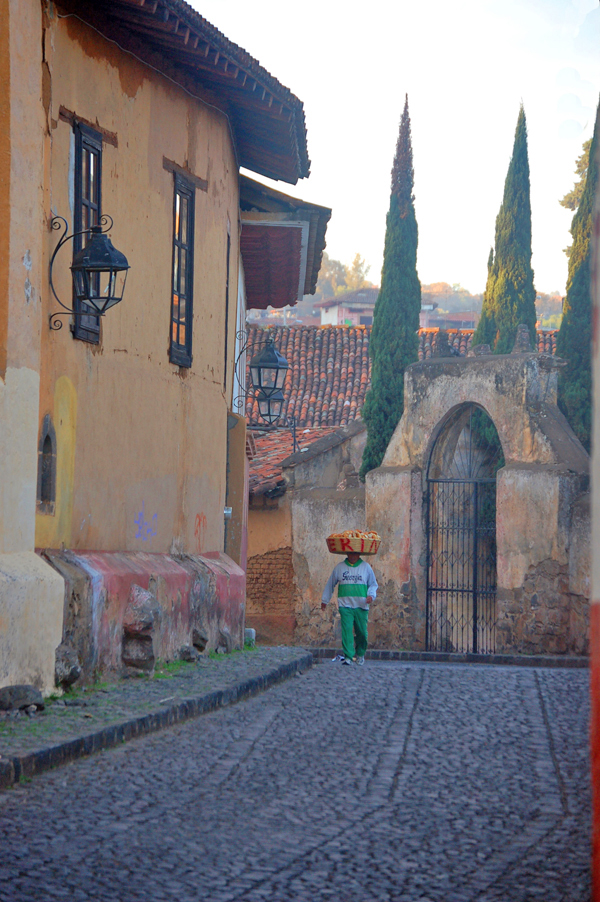
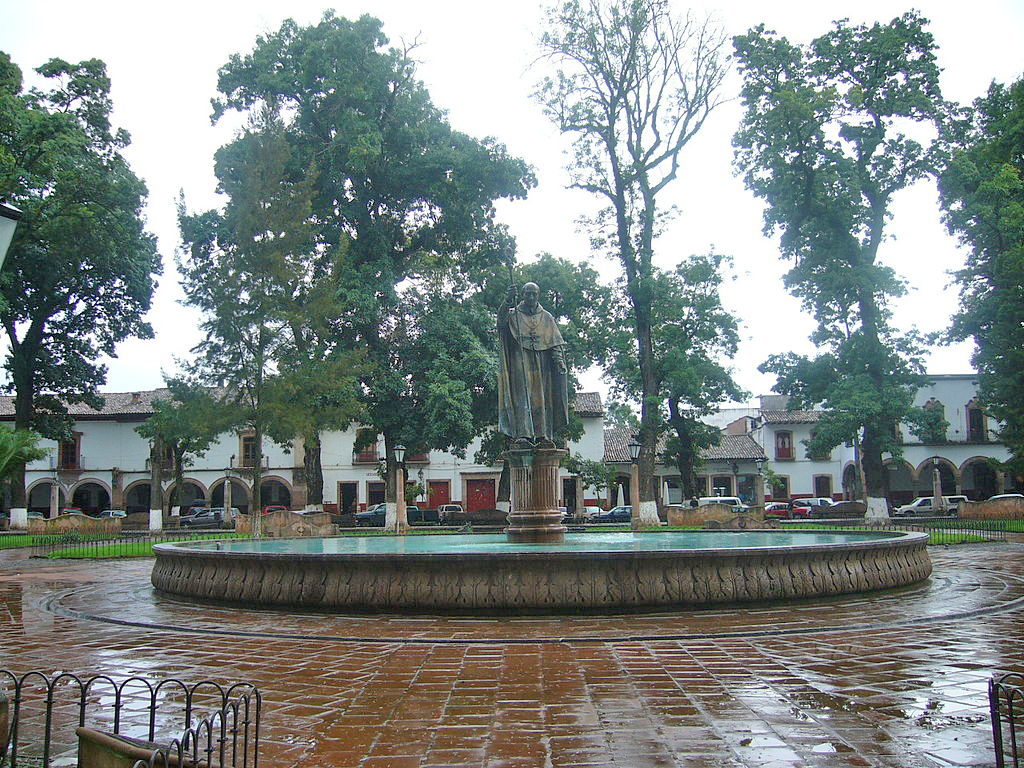
Above photo courtesy Wiki commons
Above-All roads lead to the Plaza Grande where a statue of Vasco de Quiroca stands. He was the first bishop of Michoacan in New Spain. He took a strong interest in restoring order to the area which had been ravaged by rebellions and unrest due to the disastrous management by Guzman who was recalled back to Spain in disgrace.
He employed a strategy of congregating indigenous populations into towns called Republicas de Indios, organized after principles derived from Thomas More’s Utopia. He structured these villages around the making of particular crafts so that there could be an economy of trade within the region and beyond. This continues to this day with the surrounding villages around the lake all focusing on a certain craft.
For instance Santa Clara de Cobre is a copper working town where one goes to find the best workmanship. The skills he implanted among Purépecha Indians of the Pátzcuaro region have been passed down to their descendants, who are today considered among the most skilled craftspersons in Mexico.
(For more see late blog Patzcuaro II)
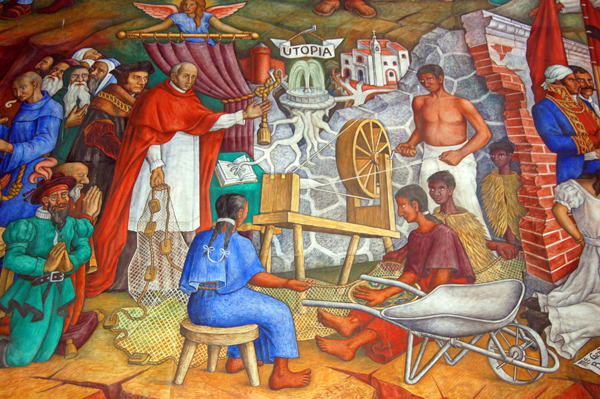
Below- Some street scenes and details.
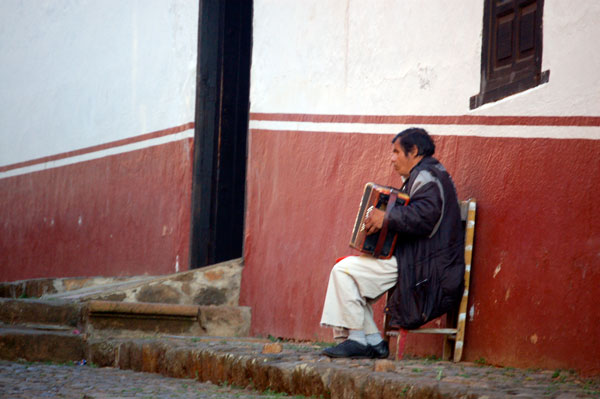
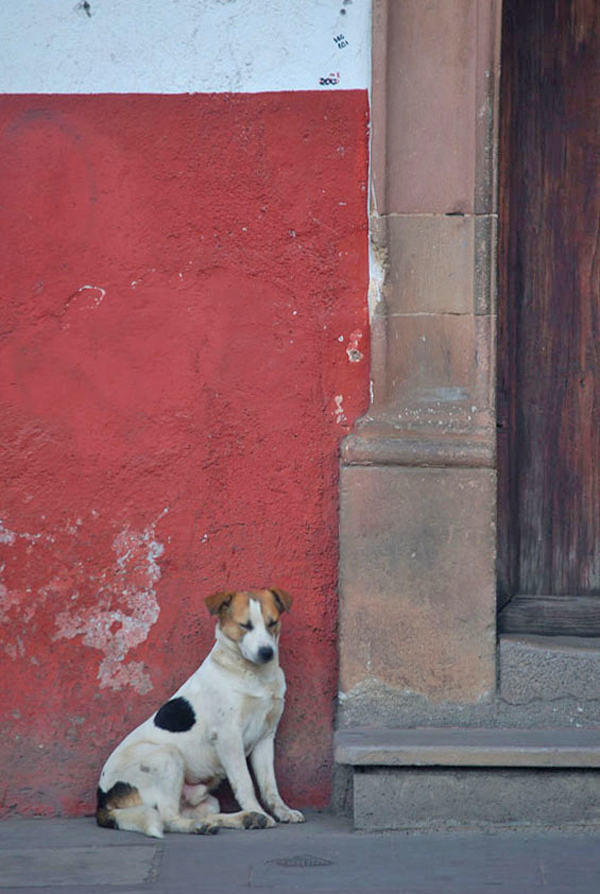
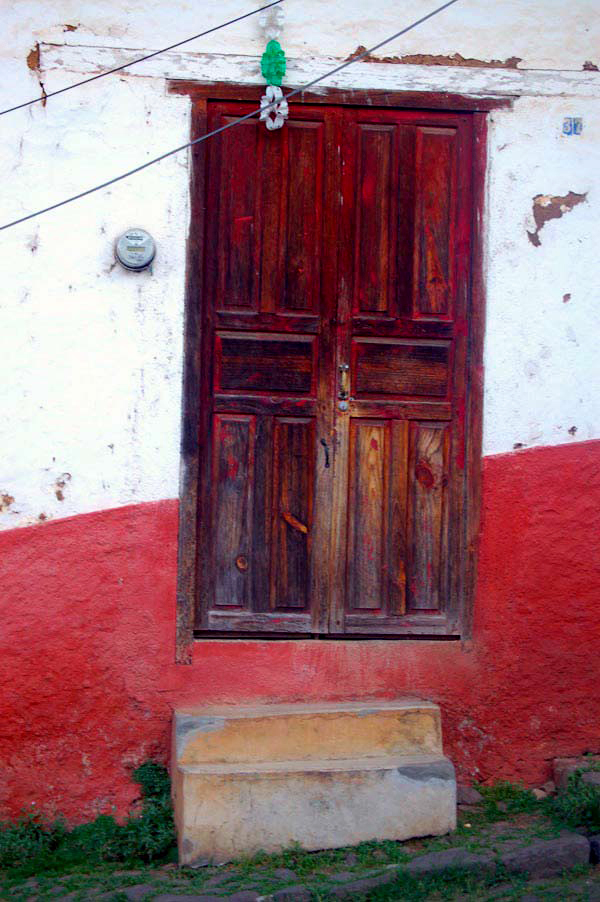
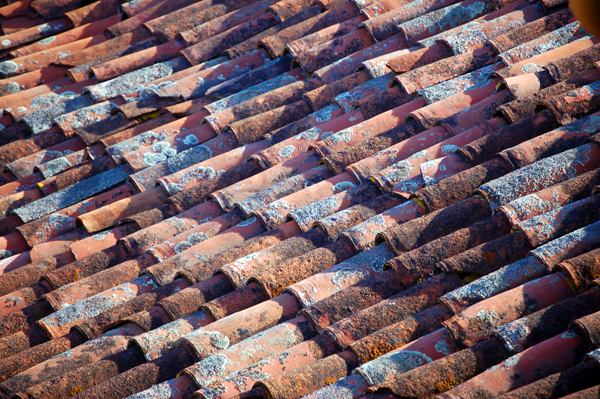
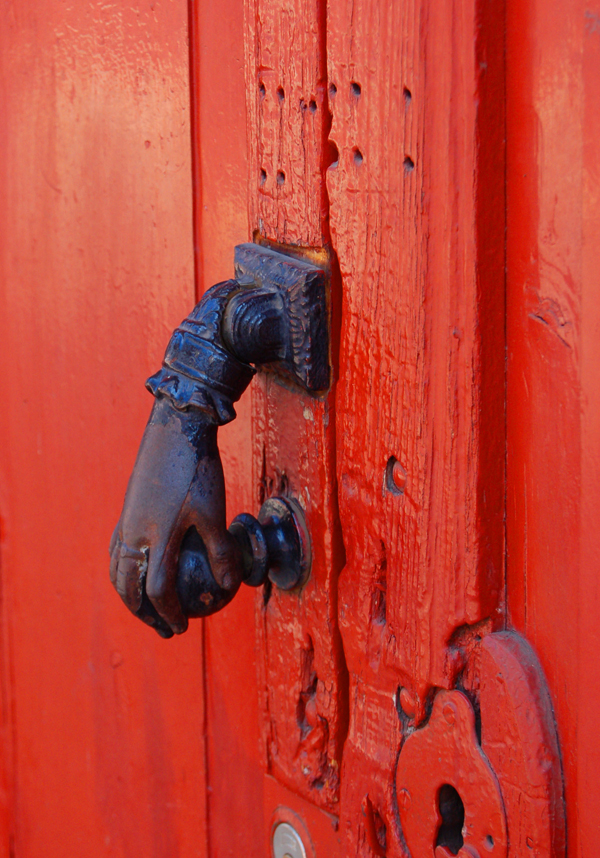
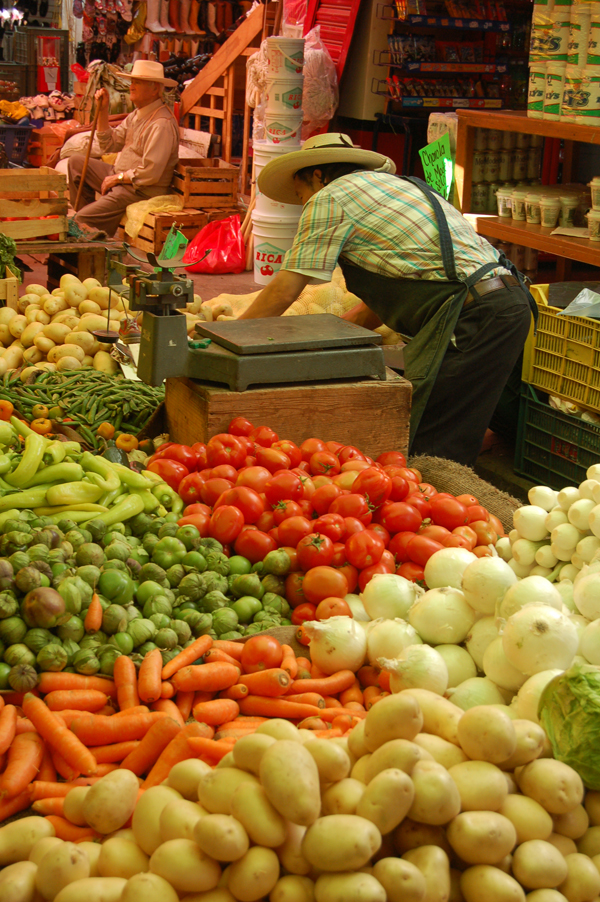
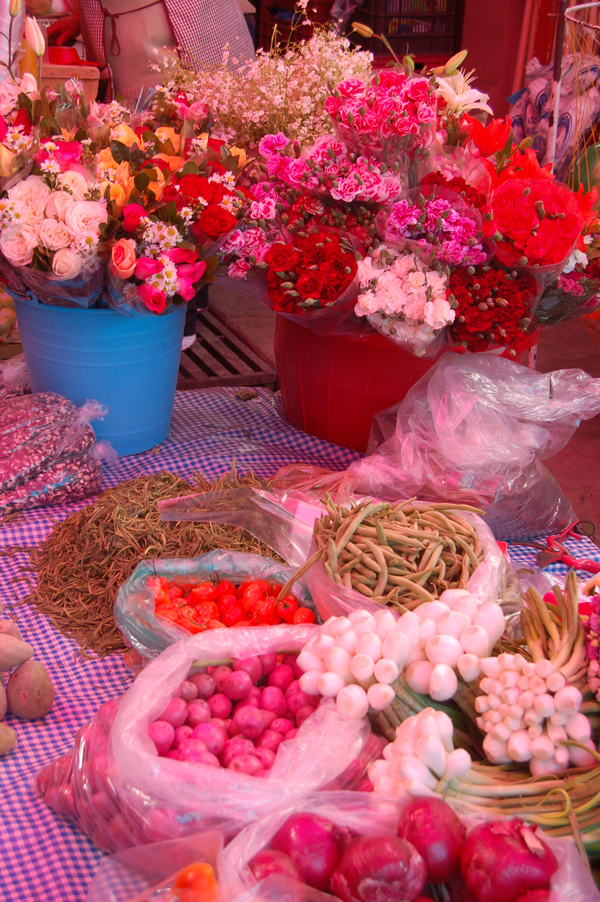
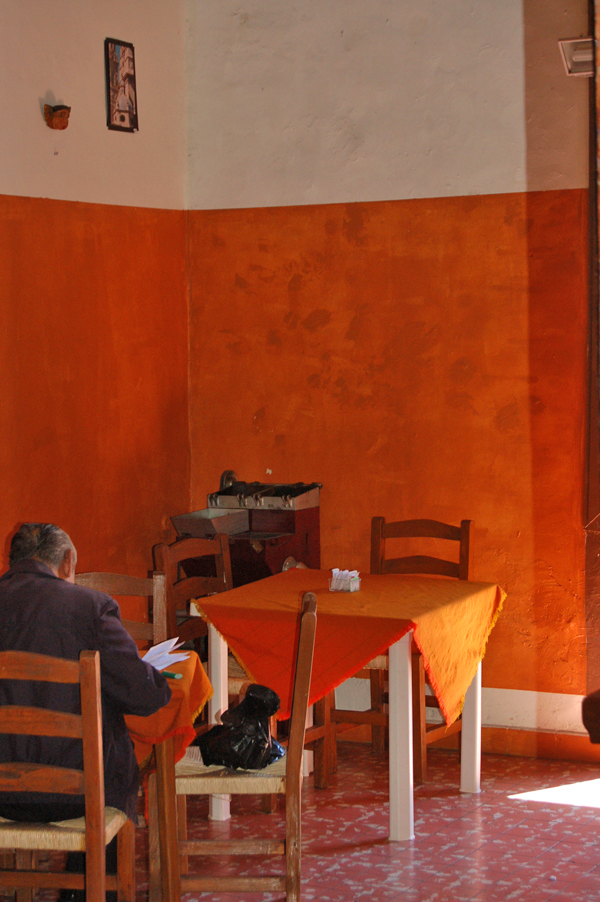
Below In the library (a converted church) is a mural painted in 1941 of the History of Michoacn by Juan O Gorman a peer of Diego Rivera from Mexico City. The building itself is an ex Augustine convent founded in 1576. O Gorman was an architect as well as artist and introduced modern functionalist architecture to Mexico City. Diego Rivera and Frida Kahlo commissioned a house and studio from him that they shared for some time. (See https://travelnotes.allanstephenson.com/2018/01/10/5-frida-kahlo-museum/).
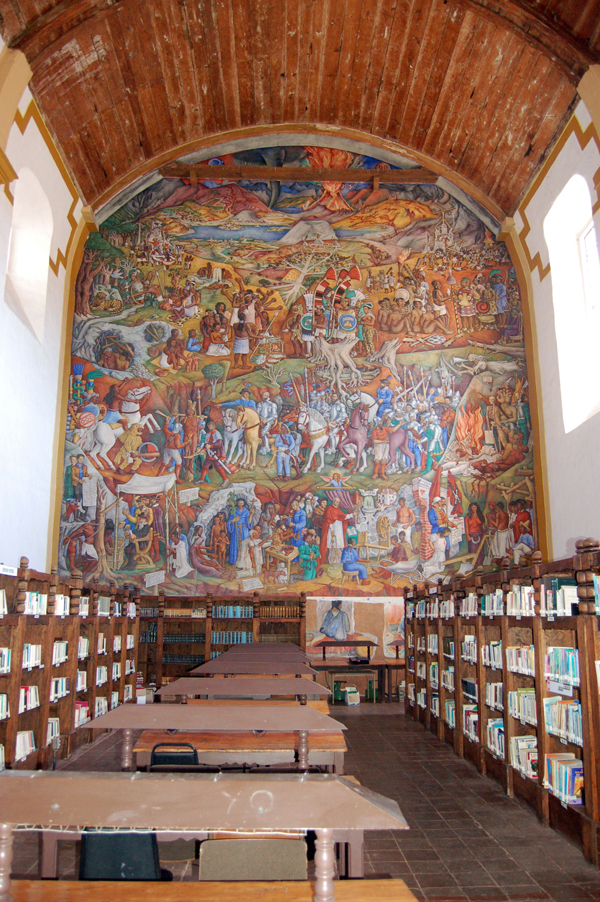
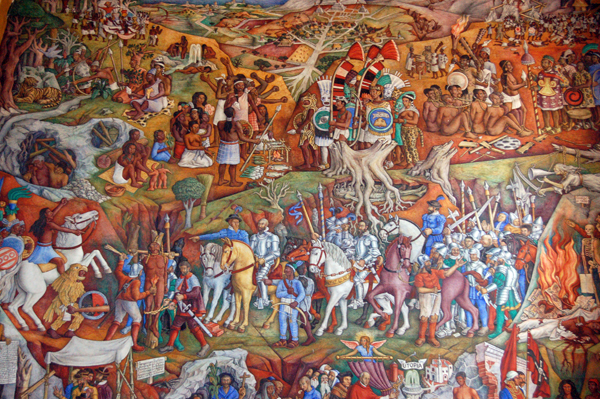
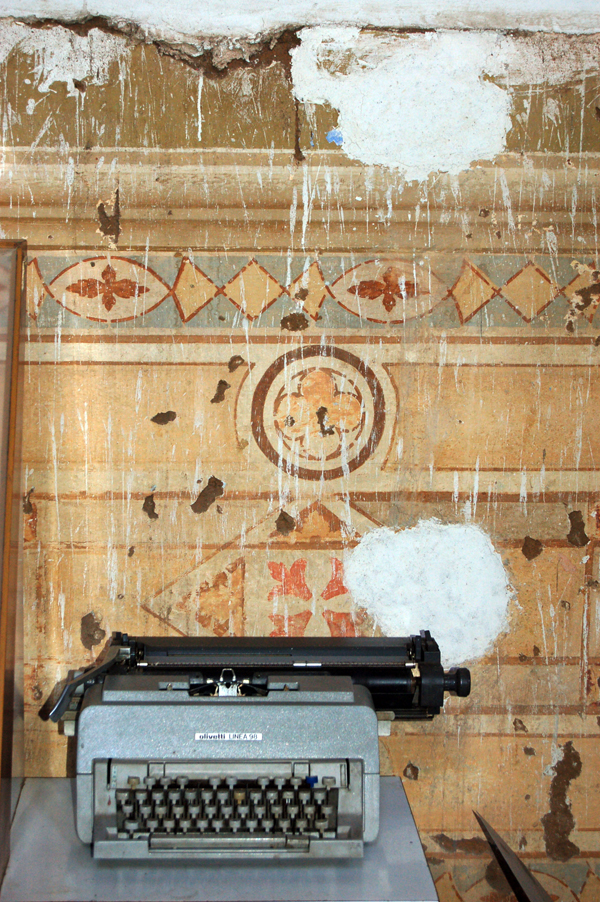
Below-The Temple Sagrario was begun in 1693


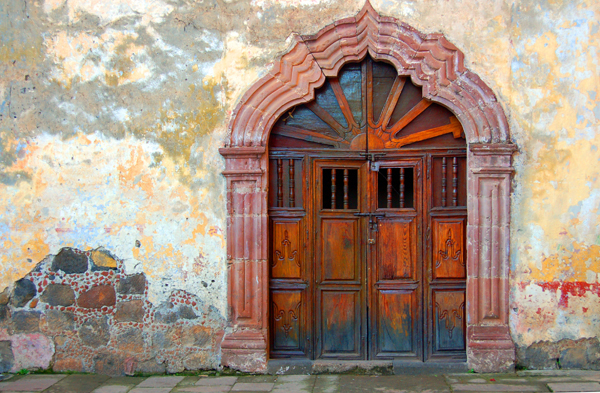
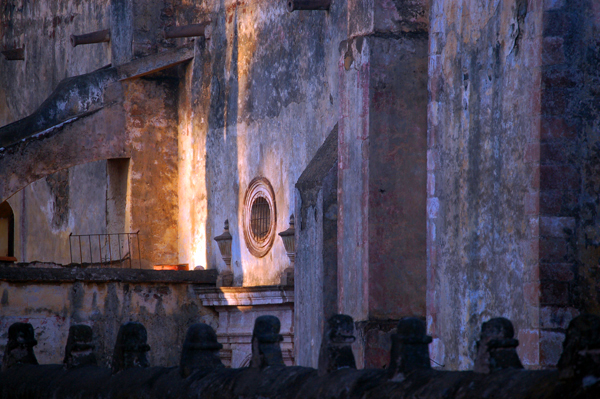
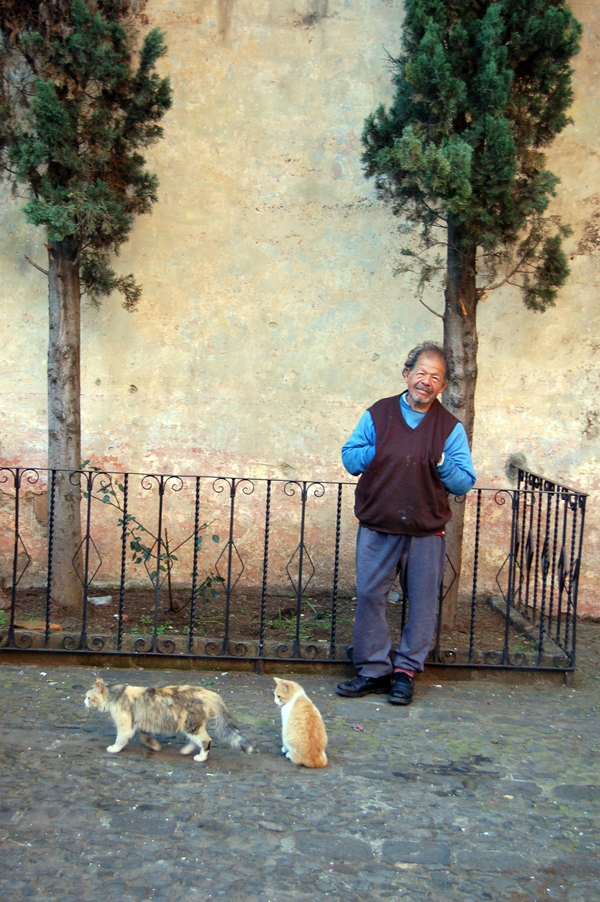
Above-The caretaker and his cats out for the morning.


Below-The most important church in Pátzcuaro is the Basilica of Nuestra Señora de la Salud.This church was built by Vasco de Quiroga over a pre-Hispanic ceremonial site as was to be the Cathedral of Michoacán.
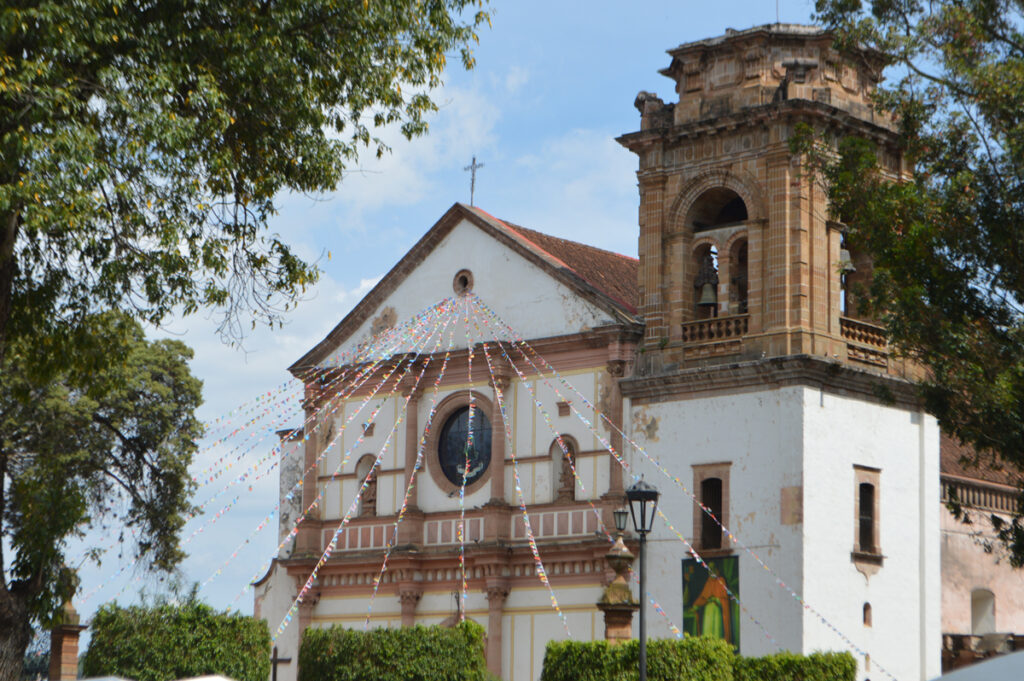
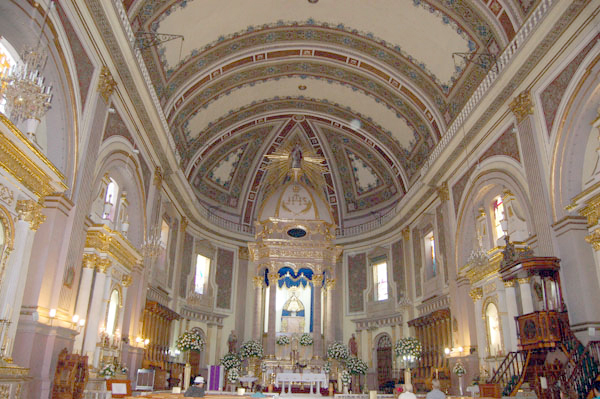
It was built on the site of a earlier Temple to the Goddess.
Behind the nearby Museum is a pre-hispanic platform part of that same earlier complex.
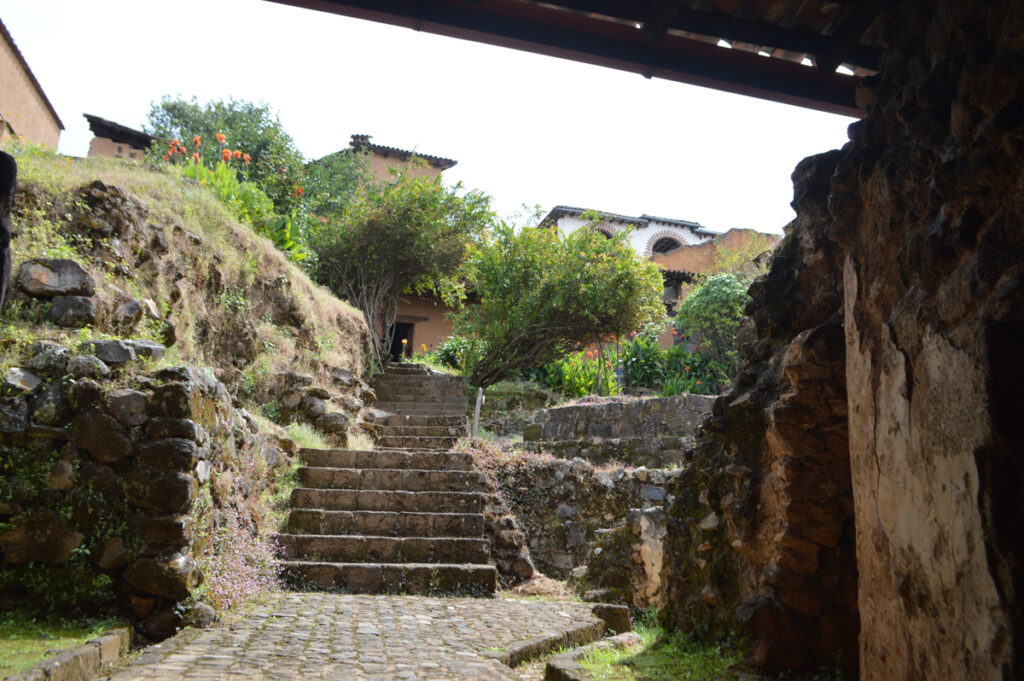
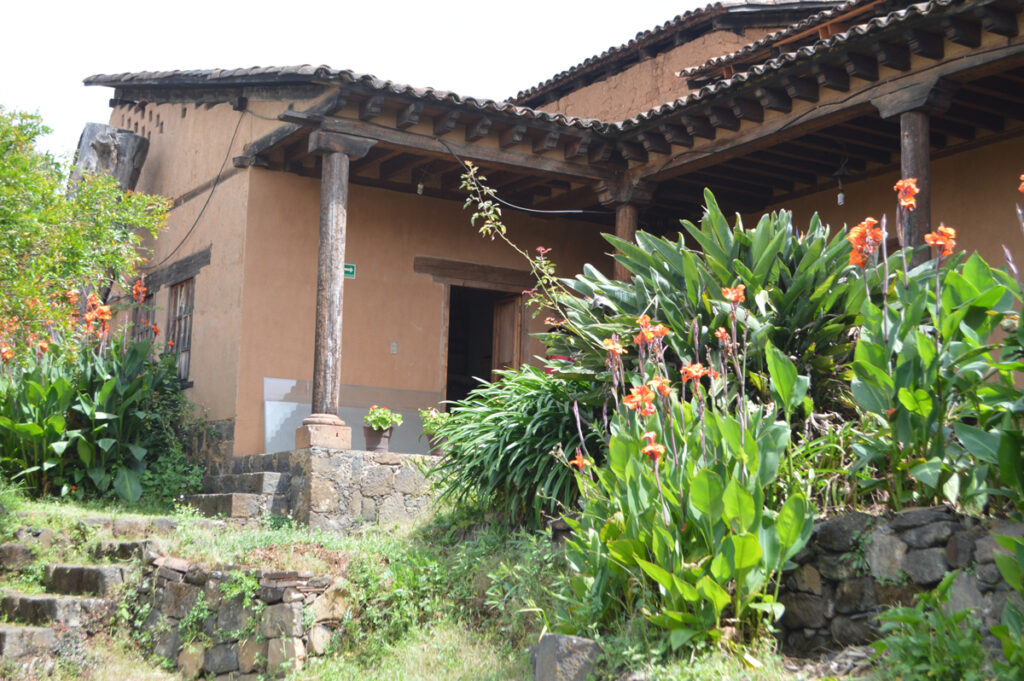
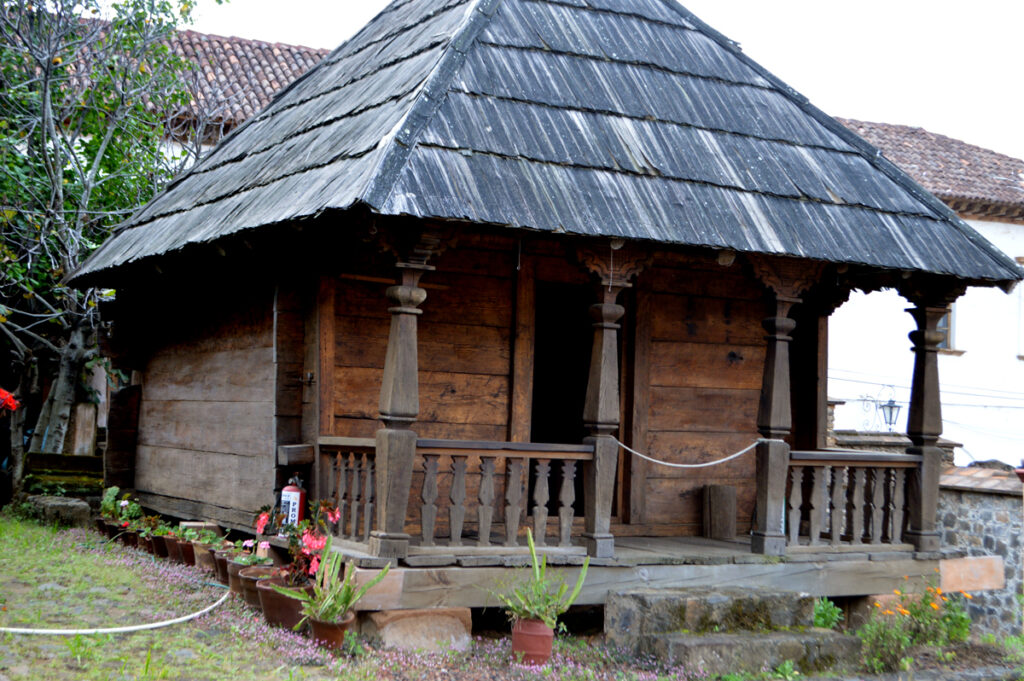
On that platform today sits a typical traditional Michoacan house.
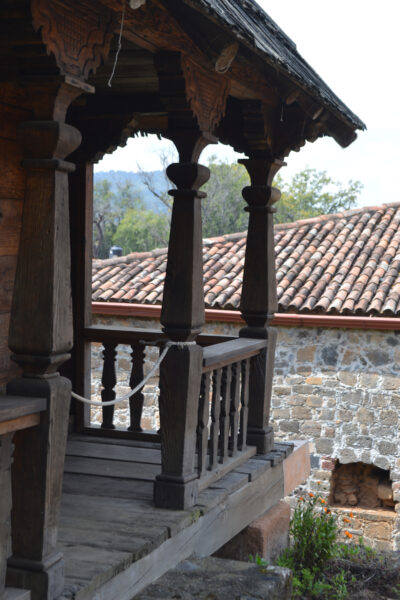
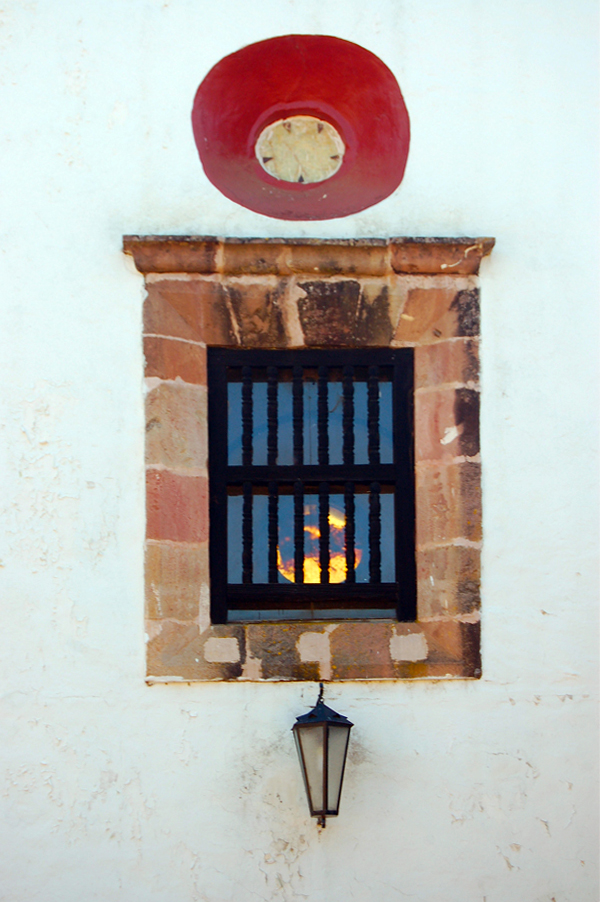
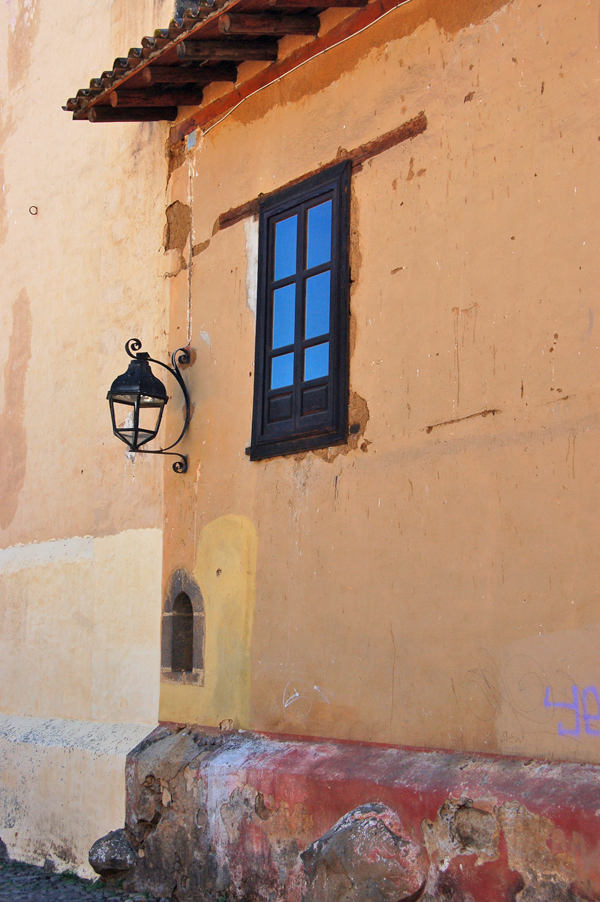
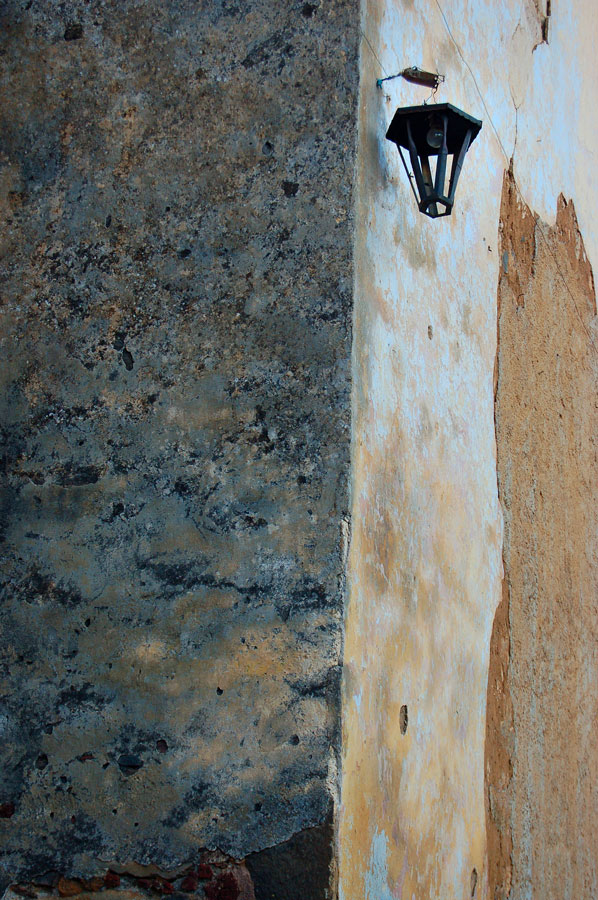
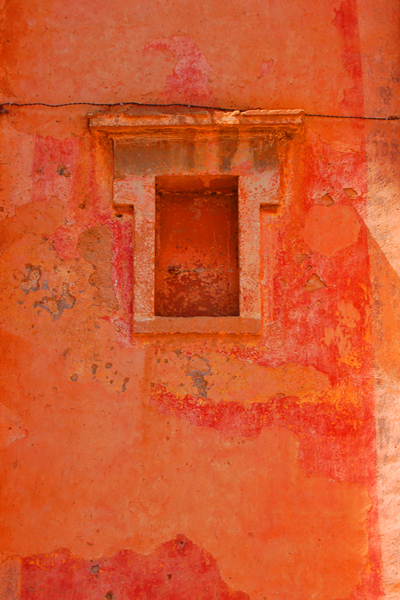
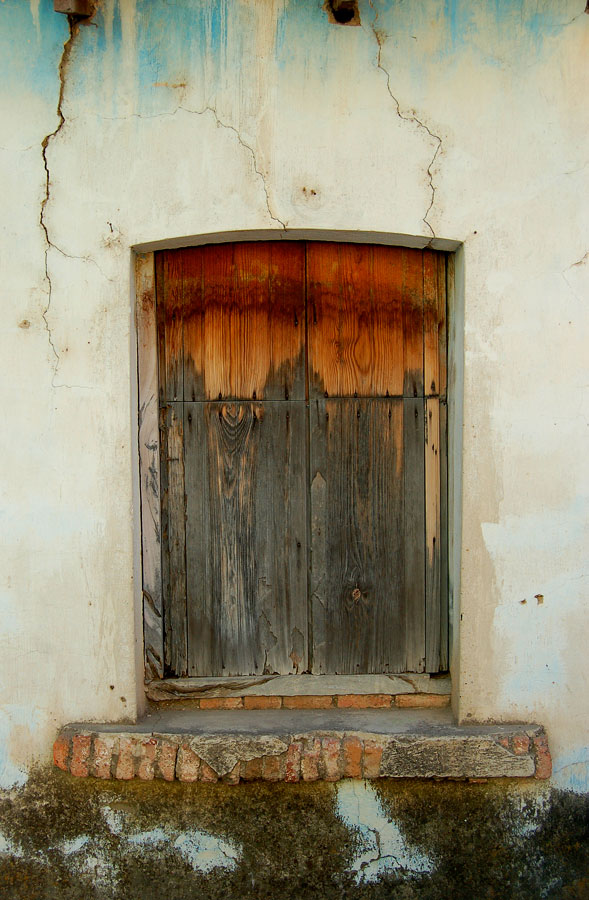
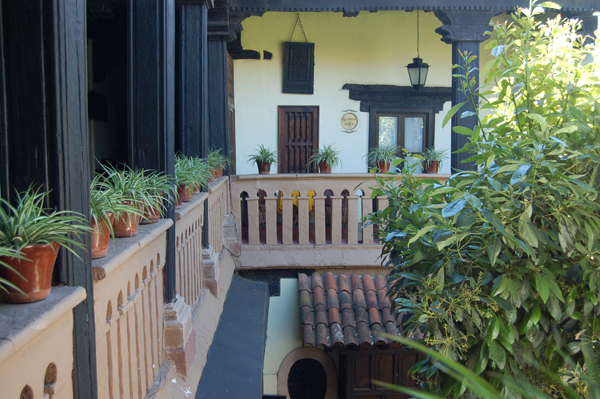
Above-An old Posada where we stayed ten years ago.
Below– Some views into the doorways of Patzcuaro.
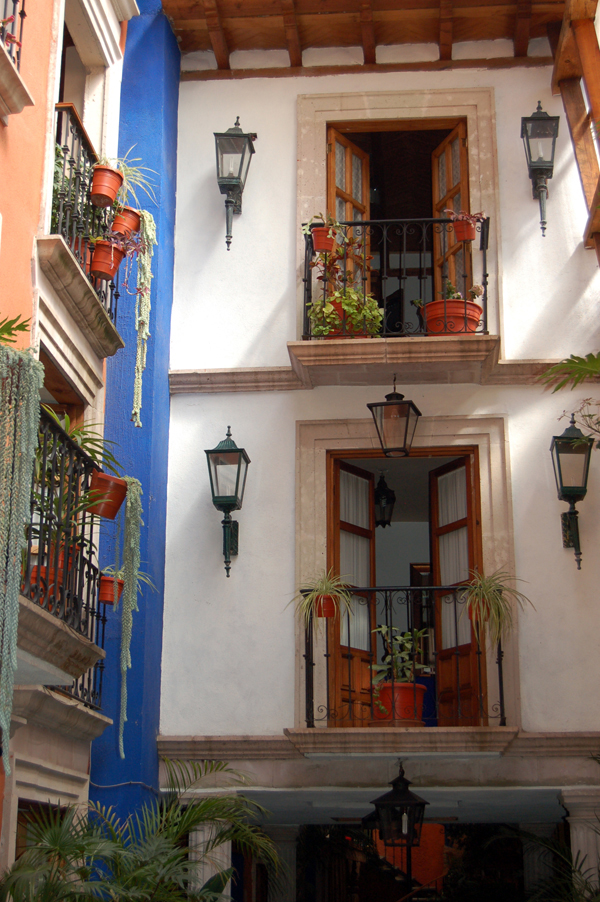
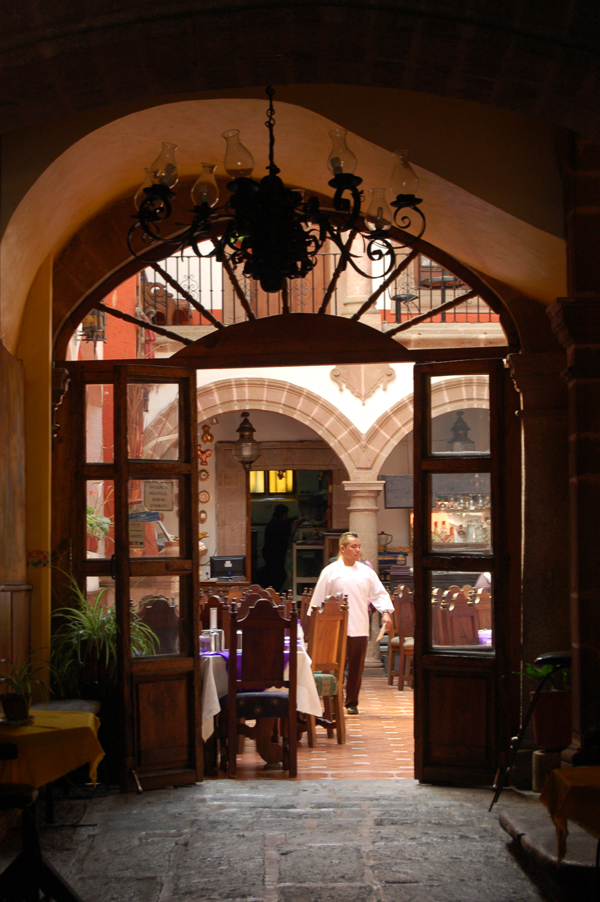
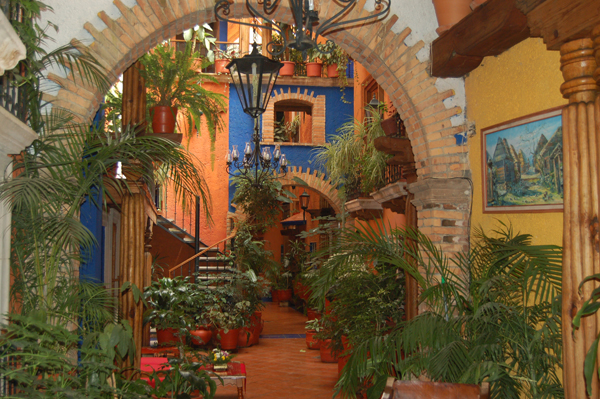
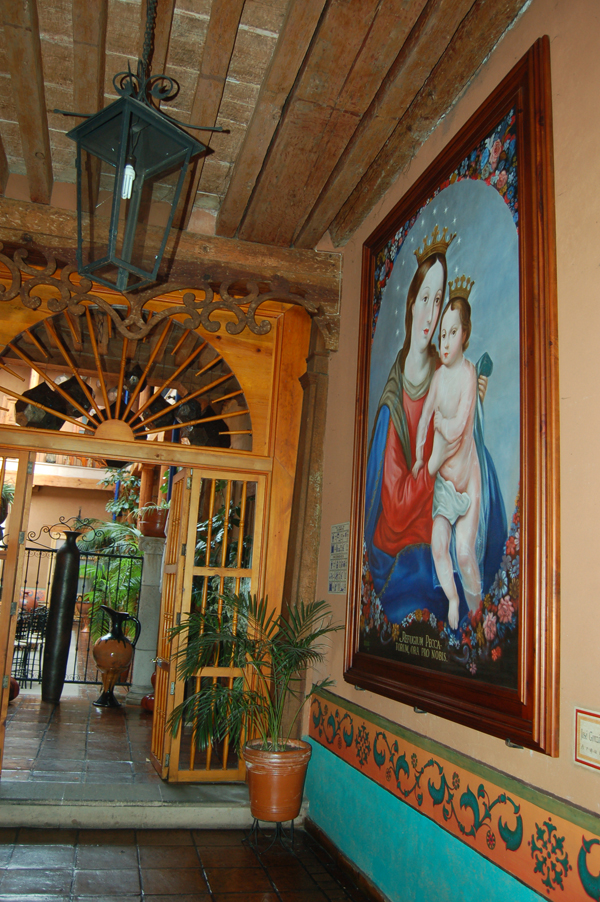
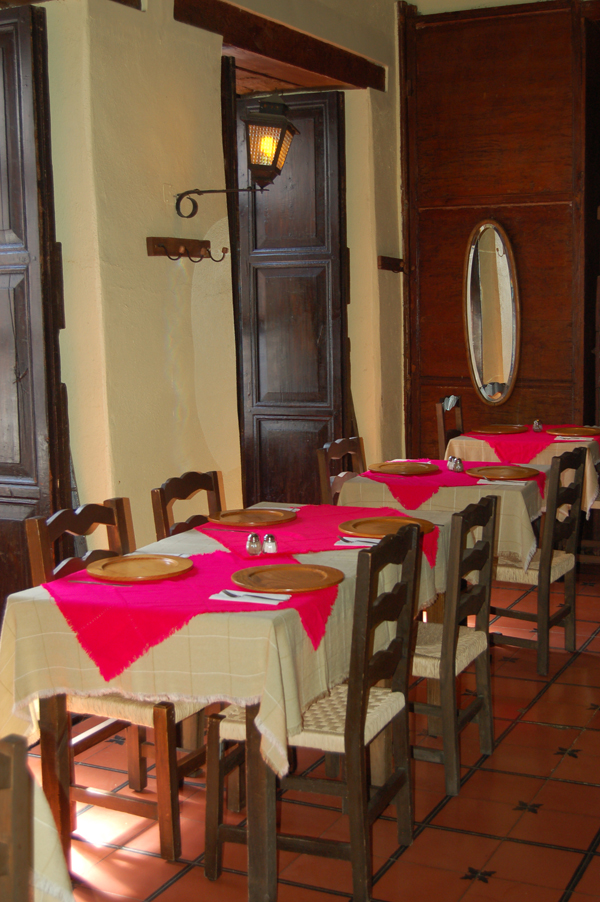
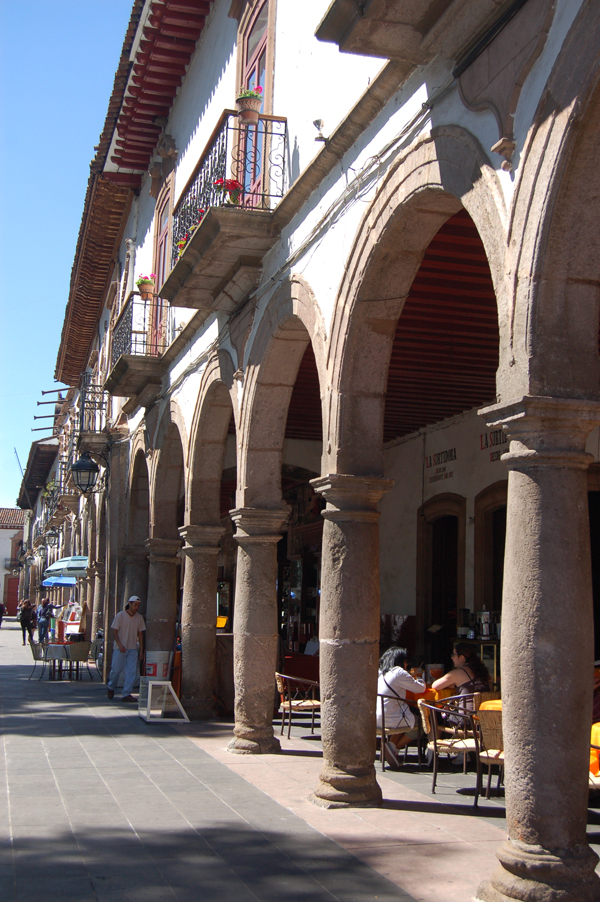
Below- In the Plaza a regular event is the Dance Of The Old Men. (See https://www.youtube.com/watch?v=SfGwACVHVsc)
